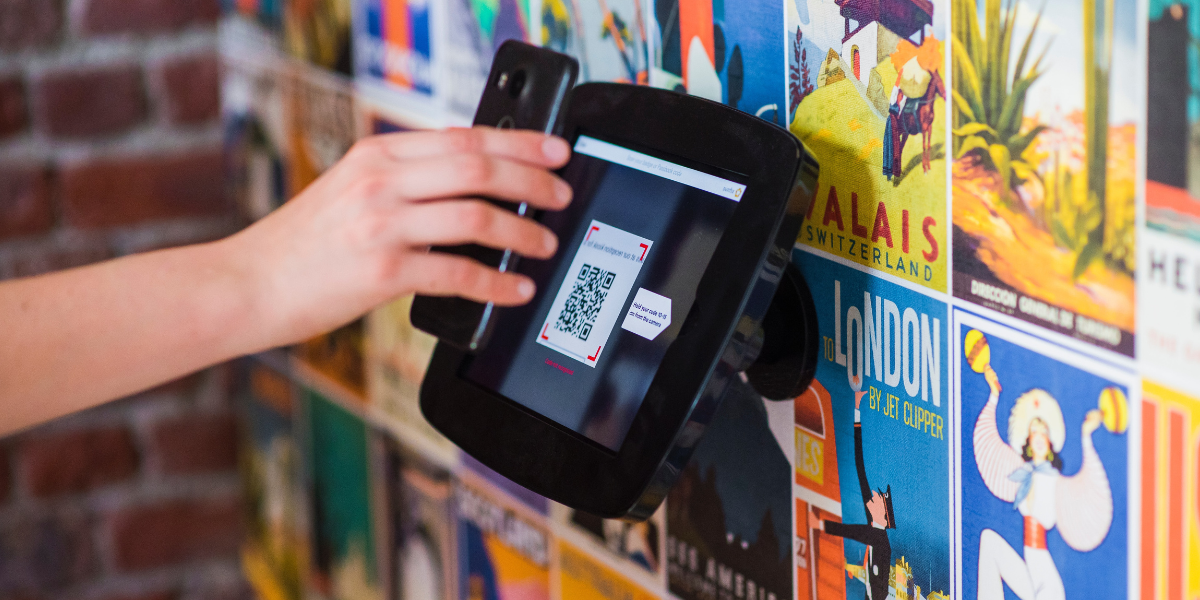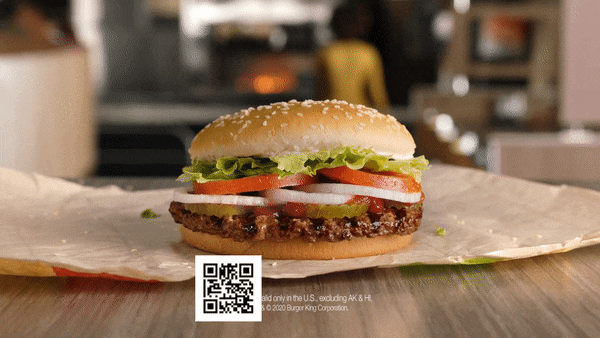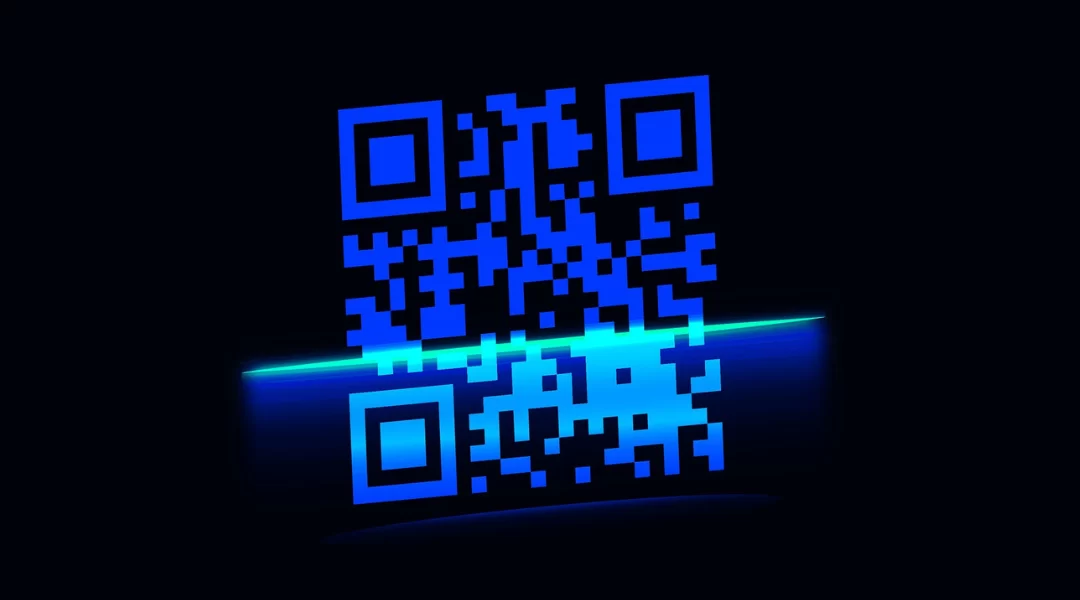Believed by many to be a fairly new technology, QR (short for “quick response”) codes have been around since the 1990s. QR codes were developed in Japan in 1994 for the automotive industry to track vehicles during the manufacturing and distribution process. Flash forward to the 2020s and QR codes are everywhere, thanks to a pandemic response that made contactless communication essential.
From billboards and product packaging to restaurants and healthcare, QR codes are bridging the gap between physical and digital experiences. So, while QR codes became relevant in the U.S during the pandemic era, this doesn’t mean that they’re disappearing as the world bounces back. It just begs the question for organizations and marketers alike: “Are QR Codes Dead or Here to Stay?”
Soaring Popularity and Demand
Since the start of the pandemic, Bitly, a QR code generator, reports that there has been a 750% increase in QR code downloads. The pandemic may be the largest factor in the soar in popularity, but it isn’t the only catalyst.
The popularity and demand for QR codes have soared in recent years for a multitude of reasons:
Large Data Storage Capabilities
A standard version of a QR code can contain upwards of 3KB of data. QR codes are also not limited to just storing text, they can direct end-users to webpages, images, video, and audio as well.
Customization
QR codes do not just have to be black and white, they can be customized to include brand colors and logos to them.
Accessibility
Increased internet access across the globe has really allowed for QR codes to begin appearing in everyday life. Additionally, smartphones have improved the ease of scanning QR codes for their users through their native camera applications versus a third-party app. Users just have to open their camera app and point it at the QR code until the pop-up appears.

Businesses can also give customers QR codes to check in upon arrival.
Tracking and Analytics
QR codes can also provide analytics for their activity including date, time, type of device and operating system, as well as location. This data can be used to optimize your marketing campaign’s performance as well as provide data for future campaigns.
Affordable Solution
Since users are using their personal device to scan the QR codes, there is no need to purchase scanners or other forms of technology to get the message out there. There are free and low cost QR code generators available that make this form of communication very affordable.
Uses of QR Codes for Your Business
The misconception that QR codes are only for restaurant digital menus is largely false. Whether you’re in the tech industry, real estate, healthcare, or manufacturing, there are numerous ways you can implement QR codes into your marketing efforts.
Print Advertisements
When purchasing print advertisements for your organization, consider the size and color requirements for the ad itself. Magazines, newspapers, and industry publications have specific specifications for the sponsored ads. Whether you have a half-page or full-page, integrating a QR code into your design is a great way to create a call to action. The QR code can lead to a specific landing page that will track interactions you receive from this specific ad, or it can be as simple as leading to your company’s website. Either way, scanning a QR code to learn more is way easier than remembering a website URL.
Brochures and Flyers
Like print advertisements, adding a QR code to a flyer will create a clear call to action for the consumer. For example, if you’re looking to increase your company’s Google reviews, we suggest designing a flyer that creates this call to action. The headline could be as simple as “Thank you for Choosing Company Name, Please Leave a Review” and the QR code would directly link to the Google business page where they can leave a review. You can have this flyer present at the front desk or on a handout that the customer receives.
Television Advertisements
While QR codes are largely used in physical collateral, they are also being used on television. Using a QR code during television commercials allows brands to give an interactive engagement to the viewers and drive them to their website to view online content.
 Viewers who scanned the QR code received a free whopper meal.
Viewers who scanned the QR code received a free whopper meal.
Business Cards
Adding a QR code to your personal business card is a great way to add visual interest as well as create a call to action for those you hand the card out to. The QR code should link to your company’s website, a landing page, or social media company page to learn more about your organization.
Event Invitations
When inviting people to an event, eliminating as much friction as possible with RSVPs is crucial. I am getting married in Spring 2023 and I am working on trying to make RSVPing as easy as possible for all our guests. One way of doing this is by adding a QR code to the RSVP card. The QR code will link up directly to my wedding website’s RSVP list so that guests can confirm their names and the number of attendees.
The Future of QR Codes
As time goes on, there really is no telling when and if QR codes will disappear from our society. I only see the opportunity for more businesses to begin implementing them in their marketing efforts. With their large storage capabilities, easy usability, and ability to direct users just about anywhere, QR codes are versatile and can connect the offline world with online content that may have never been seen otherwise.
![20250616_SPW_SEOSmallBizGuideCTA • Sharp Wilkinson Boost Your Online Visibility! Unlock the secrets to a top-ranking website with our FREE SEO Guide for Small Businesses. [Download Your Guide Now!]](https://sharpwilkinson.com/wp-content/uploads/2025/06/20250616_SPW_SEOSmallBizGuideCTA-1024x512.png)





